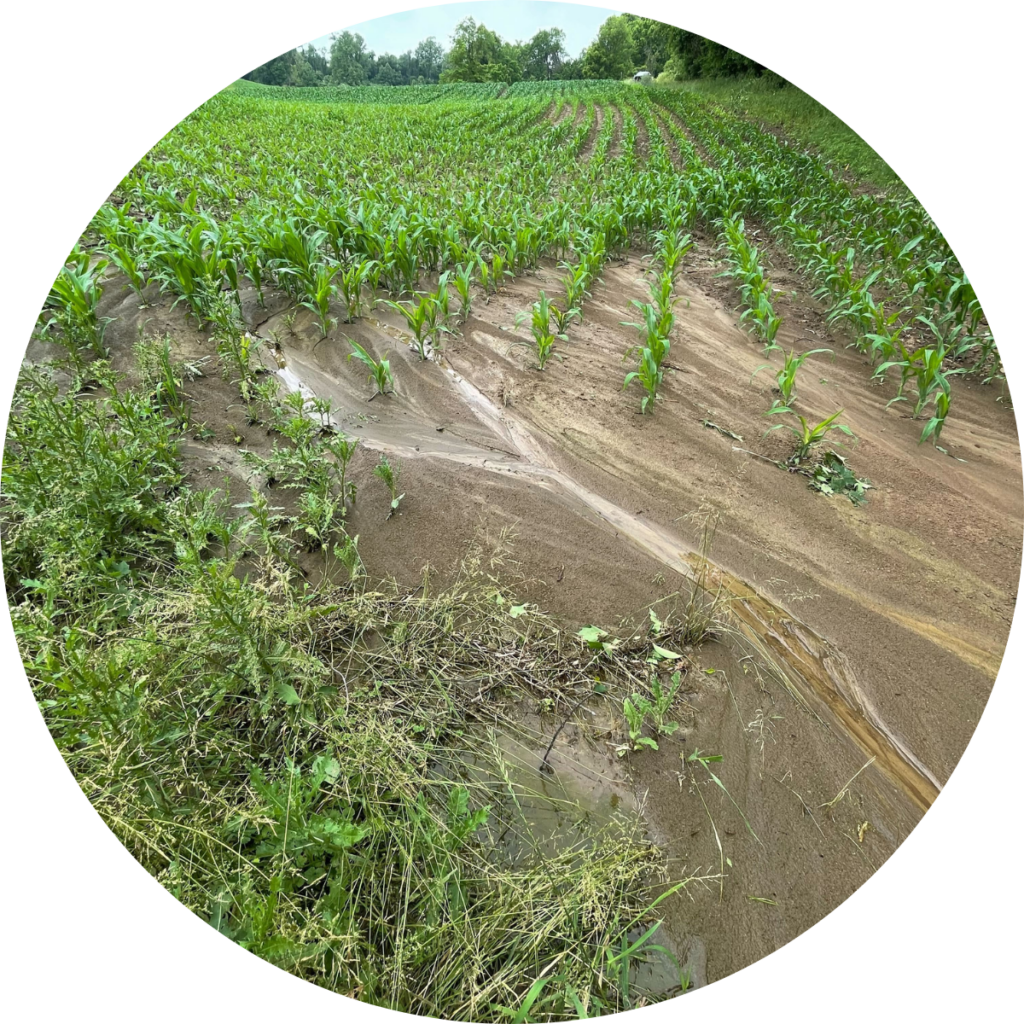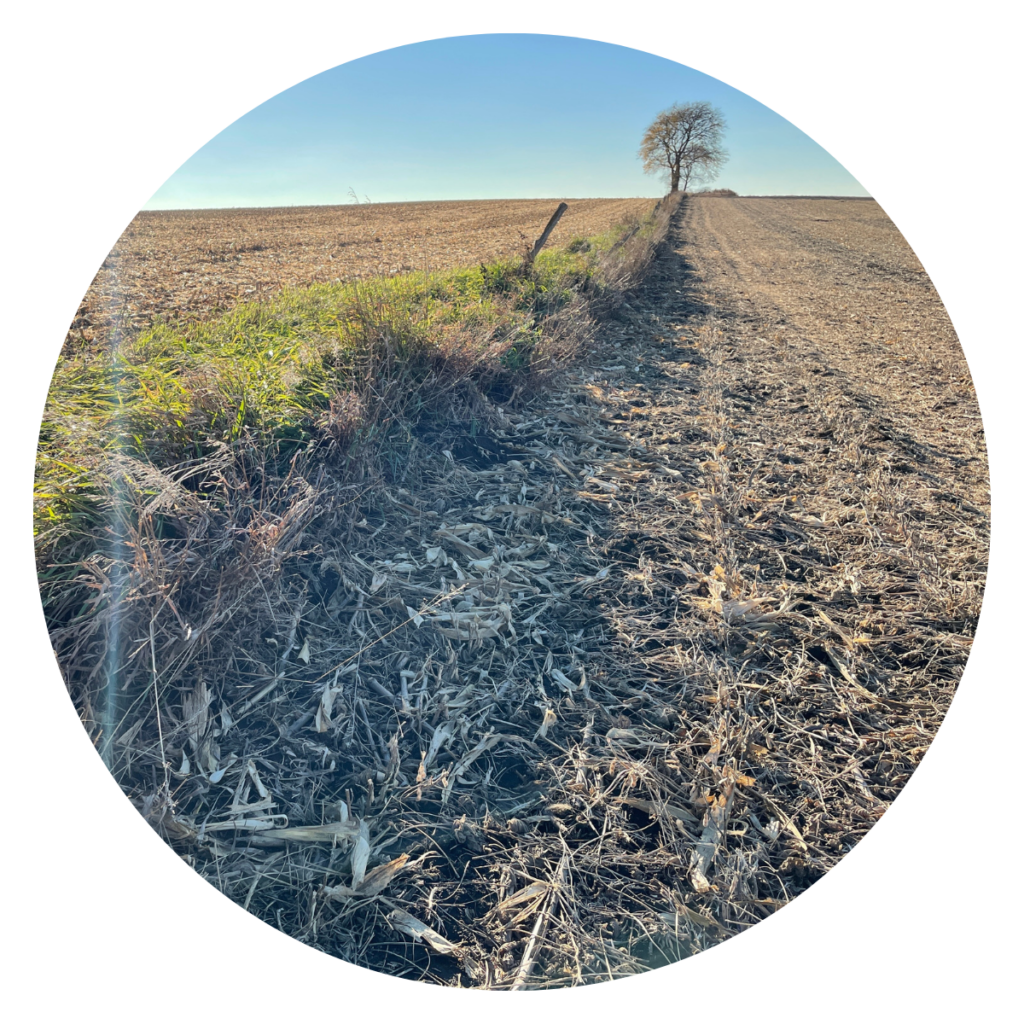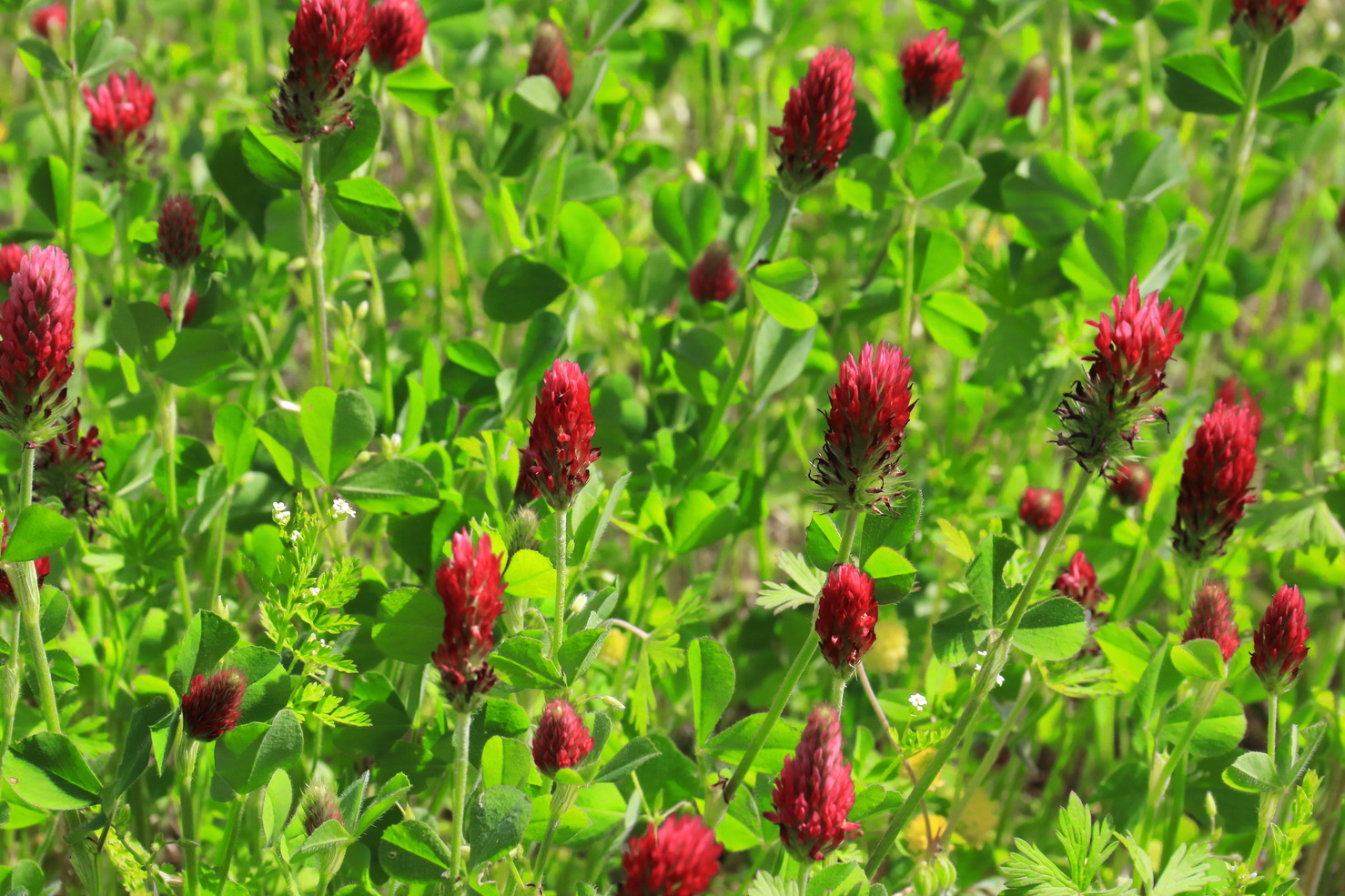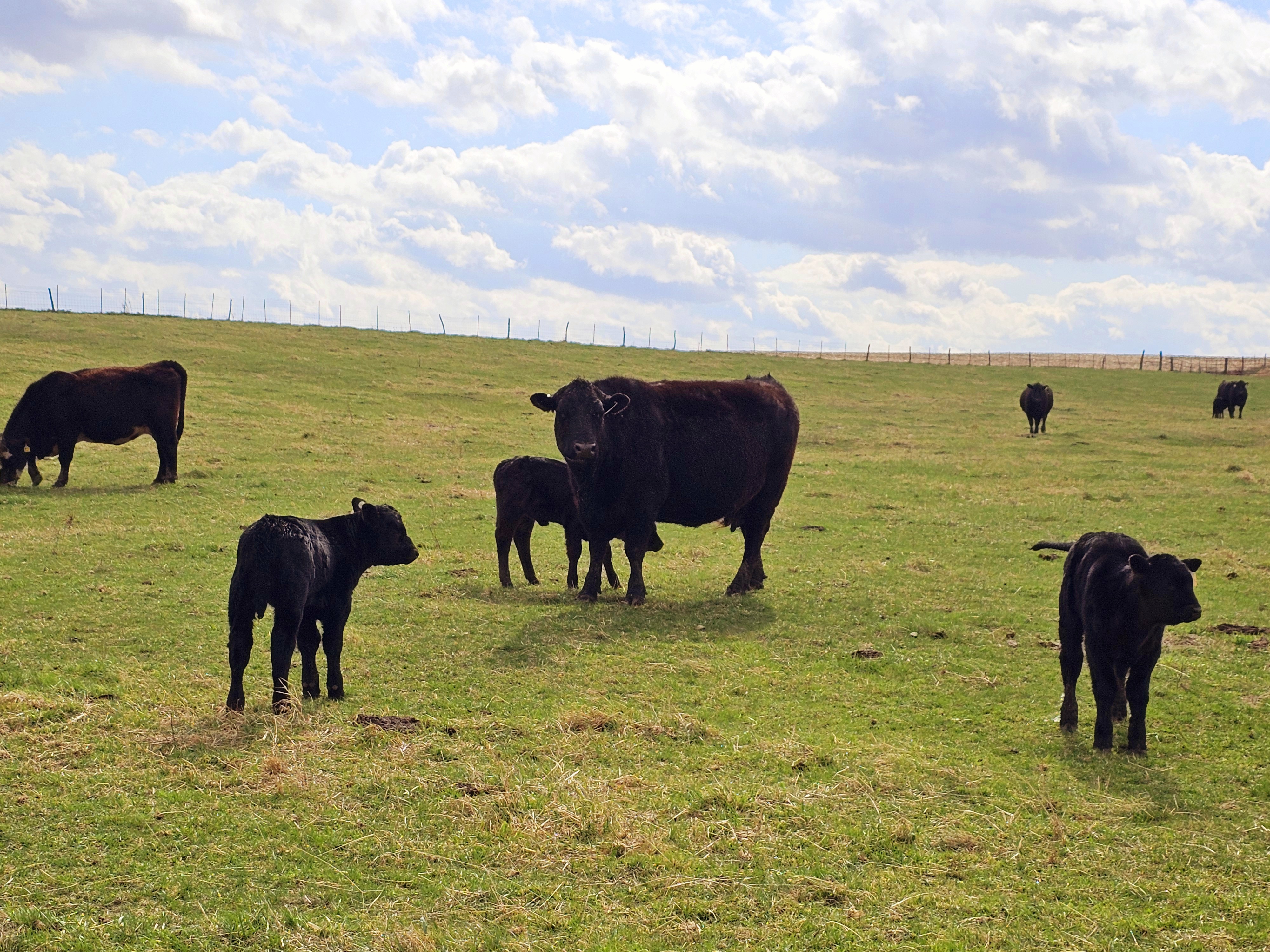Although cover cropping is certainly not by any means a new farming technique, it had been largely abandoned by the majority of the farming industry for quite some time. Now with the resurgence of conservation agriculture, we are seeing much more attention given to the topic than in previous years. While this is very exciting for us at Agoro Carbon Alliance and other cover cropping enthusiasts, we must remind ourselves to take careful consideration in approaching cover crop selection, so we can make the best decisions possible to achieve our goals.
It’s been said before, and it will continue to be said: the first step when considering trying cover crops is to have a clear goal in mind. Simply throwing out whatever available seed you have and waiting for untold benefits to emerge is just not going to end with a satisfactory result. Benefits to target are not limited to the ones that I’ll cover here in this quick write-up, but I’ll try to brush up on the most common goals that I see for cover cropping in the Corn Belt. I found it better to look first at these goals, and then investigate species rather than the other way around. Potential goals:
- Erosion control – By far the most common use for cover crops in areas with HEL land. For this, look at your grass species. They are typically quick-growing, provide a good canopy, and fibrous roots to slow water movement downhill and shield the soil. Cereal rye and winter wheat are the most common overwintering covers for this purpose. Annual ryegrass is another option, although termination in the spring can be a little more tricky. For winterkill species, oats are the most common (and often most reasonably priced), but consider barley, as it can withstand a colder frost than oats which could buy you some more fall growth before they terminate.
- Compaction mitigation – With this goal in mind, remember that with many corn-soy rotations, we have a very narrow window of fall growth before frost. Annual ryegrass will often overwinter, and that has good potential to mitigate compaction, but our radishes, turnips, and other brassicas more commonly used will frost off. Any of these brassicas are great choices, as they can put on very large taproots that will break through density layers/hardpan- as long as you have enough time to get the fall growth. These work best in early harvest situations like following winter wheat or after corn is chopped for silage.
- Nitrogen-fixing – Legumes, of course, will shine here! Like the brassicas, we’re often limited here as most of our options don’t overwinter well. Hairy vetch and some clovers can overwinter when the winter is mild. Again, after wheat or some other early harvest scenarios, you can see very worthwhile fall growth consistently.
- Nutrient scavenging – Really, most species will scavenge and hold nutrients leftover from the previous crop to some extent, but brassicas are considered the best suited for this. Their large, deep roots can penetrate deep in the ground quickly to ‘catch’ mobile nutrients like nitrogen and sulfur that could otherwise be lost into the soil profile, out of the next cash crops root zone. Radishes, turnips, and rapeseed species dominate most of the go-to mixes here. When targeting nitrogen holding in particular, overwintering grasses will be the best performers, like cereal rye and winter wheat.
- Building carbon/organic matter – Any extra plant material grown in addition to the cash crop is going to build some organic matter. Overall, biomass is king here, so cereal rye, winter wheat, sorghum sudan, and other high-biomass grass crops fit the bill. It shouldn’t be overlooked that legume species will deposit residues with a more balanced C:N ratio which will further activate microbes in the soil, leading to even more potential for generating extra organic matter and carbon. The best would be a mix of a high biomass grass and a legume, like crimson clover, hairy vetch, or sunn hemp.
On a final note, there are a few extra things to keep in mind when getting started in cover cropping that shouldn’t be overlooked. Your crop rotation and the incoming crop that will follow the cover crop should play a part in management decisions made, mostly around termination. Going into corn, care needs to be taken to keep the cover crop from competing with the cash crop. If overwintering grasses get too large they can tie up nitrogen and make it unavailable to the crop. This can be combated with early termination, a winterkill species, or by banding nitrogen and other nutrients close to the seed, and under the surface of the soil, so as not to be tied up in the residue. Soybeans, on the other hand, seem to respond quite well to being planted behind a large cover crop of cereal rye or wheat. The safe bet seems to be to let the covers get big in front of soybeans and terminate early in front of corn. If wheat is in rotation, great success can be achieved in terms of organic matter building and nitrogen-fixing, with the large growing season after harvest. In this case, a winterkill grass could be paired with a clover or vetch, and let go till frost. A good mat of dead, nitrogen containing residue will be left, giving all the benefits that a large biomass cover gives, with easy planting conditions, as properly adjusted row cleaners and coulters can easily push the residue off the row without tangling up in the planter.
Agoro Carbon Alliance is actively involved on thousands of cover cropped acres, and we have a staff well versed in transitioning from conventional farming methods to conservation practices. We are here for you, not only to provide financial assistance through carbon offset credits, but also with personalized, region specific agronomic support. Reach out to us to learn more.








